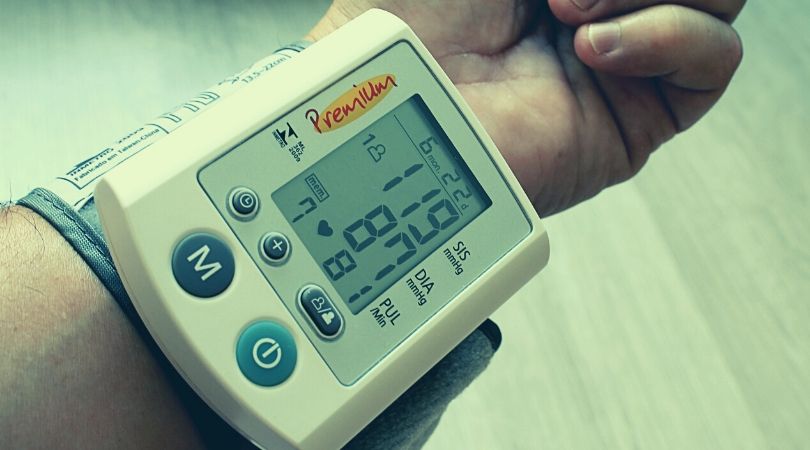Nearly two thirds of Kolkata’s kids may be suffering from mental imbalances and hyperactivity disorders, thanks to an overdose of television, video games and computers, say handwriting experts.
After studying 336 handwriting samples of students, the Kolkata Institute of Graphology has detected signs of attention deficit disorder (ADD) in 220 of them. The samples came from 30 city schools and the study went on for a year.
“Most of these children belong to the age-group of 8-18 years. When we met them and their parents, we found that most were exposed to five to six hours of television or six to seven hours in front of the computer every day,” said Mohan Bose, director of Kolkata Institute of Graphology.
Though graphology is not quite a science and findings can vary from person to person, certain characteristics that Bose and his team found in the handwriting samples were common to all.
Writing not aligned to margins
“If your child writes without aligning the sentences to the left-hand or right-hand margin, it means that the child is impatient as he wants to hurry to the next line without finishing the one before that,” Bose said.
Similarly, handwriting analysis says if a child writes without following the baseline and flouts the ‘four-line concept’ of forming a letter, it depicts lack of concentration and frustration.
Muddy handwriting
‘Muddy handwriting’ – when the writer stresses very hard on a letter, marked by a heavy flow of ink – was also a very common trait in the samples. “It depicts that the child is susceptible to the environment he lives in. He is over-reactive and has a low tolerance for frustration,” said Bose. Many kids had scratched out and written something over and over. This depicts a hesitant personality with low self-confidence, say the analysts.
Another common aspect that showed up in the face-to-face interviews was that most of the parents found it convenient to substitute their presence with television and gadgets. Handwriting requires fine motor-skills, Bose said. And a child’s brain is highly malleable – it is growing and collecting experiences from the environment.
Conflict between gadgets and books
Bose says when a child’s brain is conditioned by a high-speed electronic gadget, it picks up the tempo and conditions itself accordingly. And when the same child engages in comparatively slower activities such as reading, writing or listening to lectures, his brain finds it hard to accommodate and accumulate it all. “That impatience and frustration is what can be reflected in the child’s handwriting,” Bose said.
Why the frustration needs to be dealt with
If left untreated, these children may become reclusive, timid, fearful, socially awkward, impatient and angry as grown-ups.
“Parents need to get their children off technology for sometime and take them to parks. They should encourage them to participate and utilise their time in activities in outdoor sports and various competitions like debates, quizzes, dance and dramatics. They need to experience fear and failure in the real world and not the virtual world,” said Bose, who has been helping such children with graphotherapy – changing the way they write to change old habits.
“The handwriting is the ‘brain-ink’ of a human mind. And one can deduce a lot about a person’s state of mind from one’s handwriting. It is a fact that children in urban households are affected by technology in a bad way today. What parents forget is that a gadget cannot be the substitute for their presence,” said Mahadevi Birla World Academy principal Malini Bhagat who has been practising graphology for some years now.



